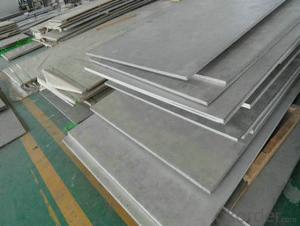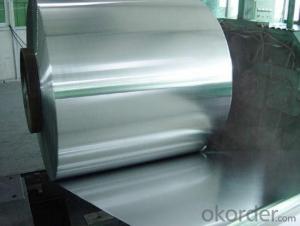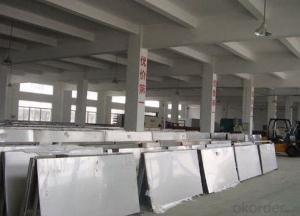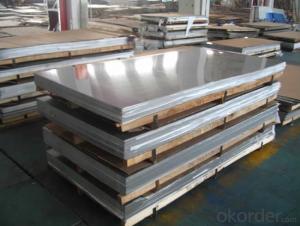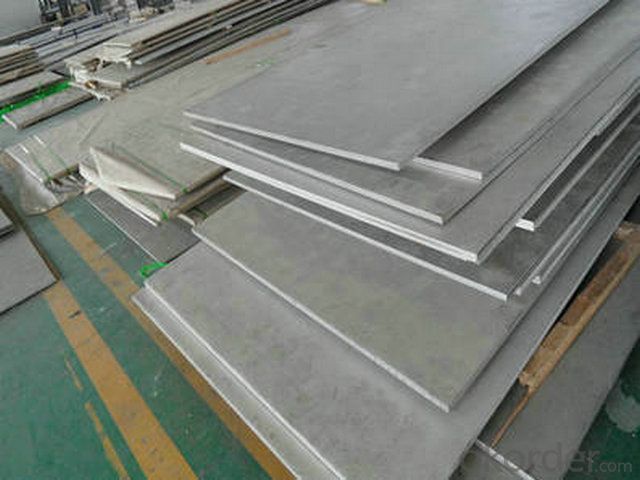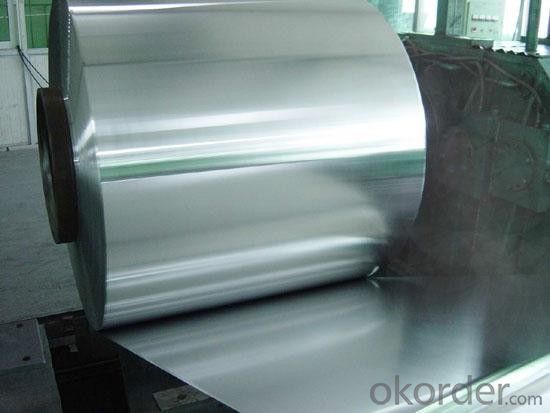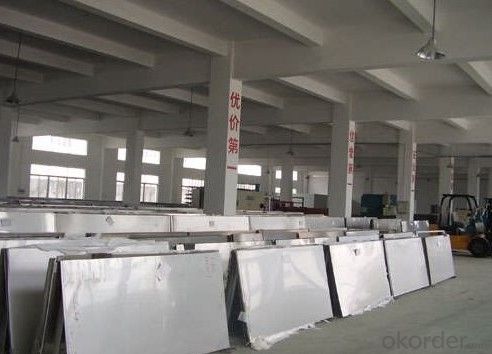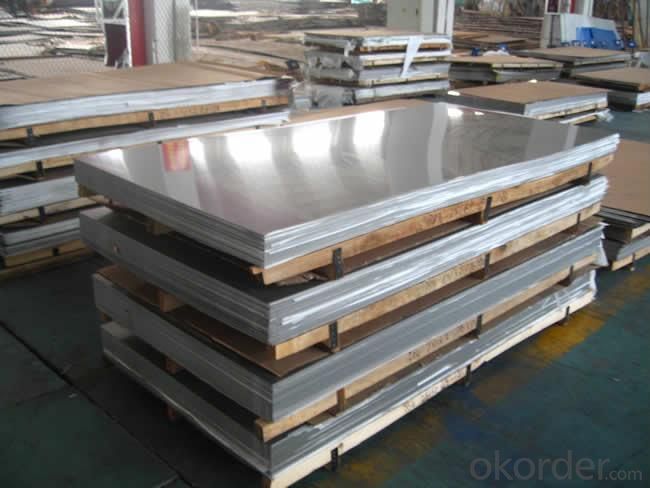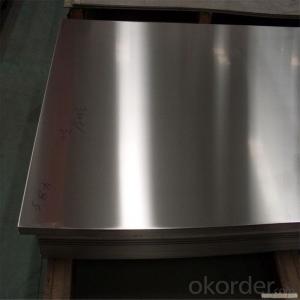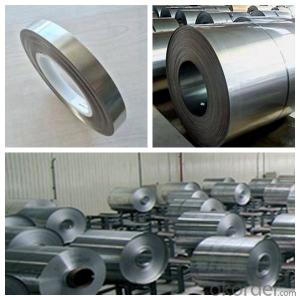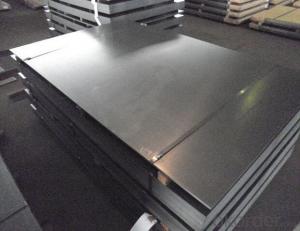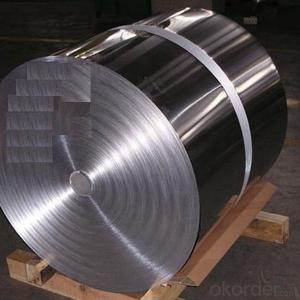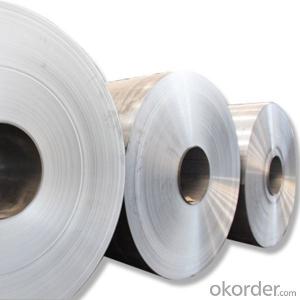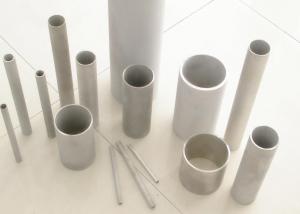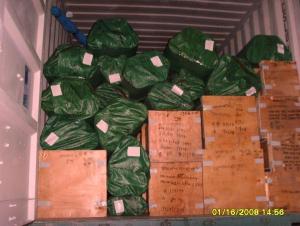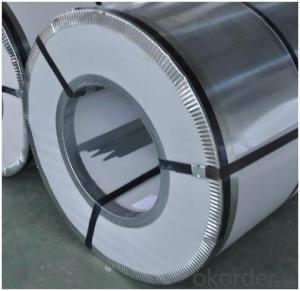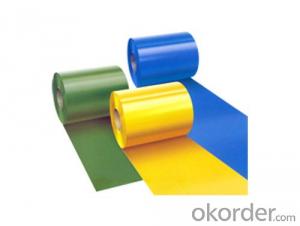Stainless Steel sheet 304 with 4MM Thickness and Made In China
- Loading Port:
- Shanghai
- Payment Terms:
- TT OR LC
- Min Order Qty:
- 10000 m.t.
- Supply Capability:
- 5000000 m.t./month
OKorder Service Pledge
OKorder Financial Service
You Might Also Like
Hot sale stainless steel sheet 201/202/304/304l/316/316l/430 in china alibaba
Description of Stainless Steel Sheet:
Description | steel sheet,hot rolled steel sheet,cold rolled steel sheet, steel sheet,sheet,steel plate |
Standard | ASME, ASTM, EN ,BS,GB,DIN, JIS etc |
Application | Steel sheet applies to construction field, ships building industry, petroleum & chemical industries, war and electricity industries, food processing and medical industry, boiler heat exchanger, machinery and hardware fields. |
Packaging | Standard export sea-worthy packing |
Delivery time | 10-30 days |
Quality | No.1 |
Productivity | 500 tons/Day |
Note | Our company has cooperative relation between the domestic agents. Stainless steel sheet can be made accordingto the customers requirements. Fasten delivery. Quality assured. |
Contacts | If you have any question,please feel free contact me. |
Stainless steel sheet surface finish characteristics
Surface finish | Characteristics and application |
2B | The surface brightness and flatness of no2B is better than no2D. then through a special surface treatment to improve its mechanical properties,No2B could nearly satisfy comprehensive uses. |
No.1 | Polished with abrasive belt of grit#100-#200, have better brightness with discontinuous coarse stria, used as inner and external ornaments for building, electrical appliances and kitchen utensils etc. |
No.4 | Polished with abrasive belt of grit #150-#180,have better brightness with discontinuous coarse stria, but thinner than No3, are used as bathtub buildings inner and external ornaments electrical appliances kitchen utensils and food processing equipment etc. |
HL | Polished with abrasive belt of grit #150-#320 on the NO.4 finish and has continuous streaks, mainly used as buildings ornaments elevators, door of building, frontal plate etc. |
BA | Cold rolled, bright annealed and skin-passed, the product have excellent brightness and good reflexivity like mirror, kitchen apparatus, ornament etc. |
8K | The product have excellent brightness and prefer reflexivity can to be the mirror. |
Main Features of stainless steel sheet :
•Escalator, Elevator, Doors
•Furniture
•Production tools, Kitchen appliances, freezers, cold rooms
•Auto Parts
•Machinery and Packaging
•Equipment and Medical devices
•Transport system
Product Details:
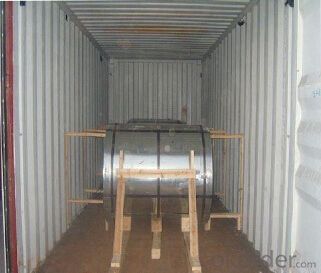
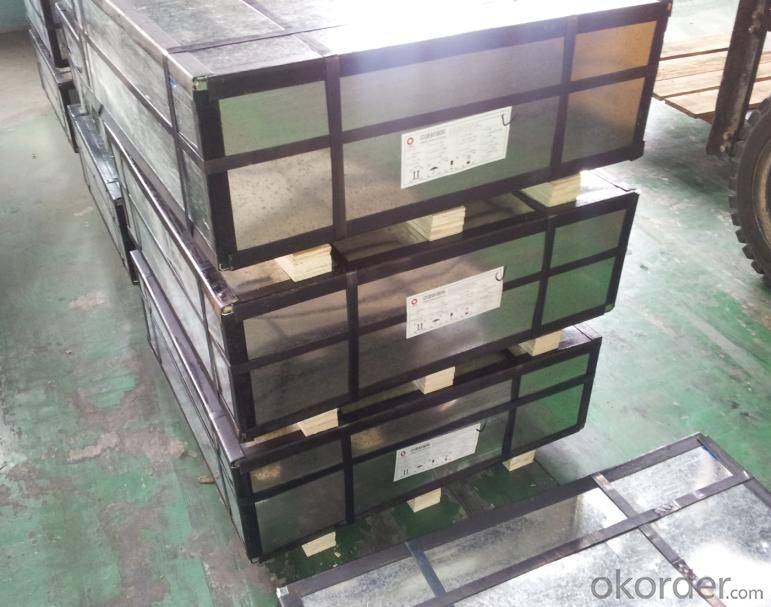
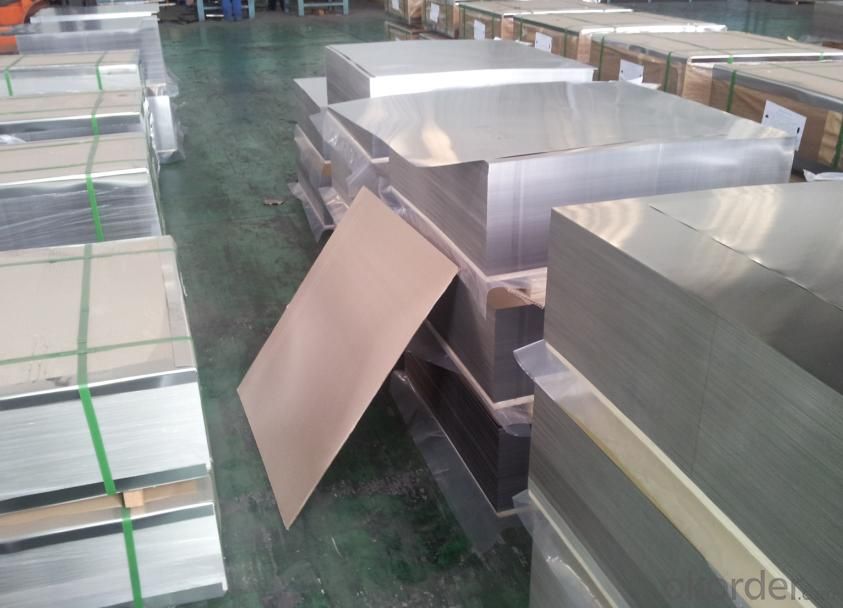
Sandard Seaworth Packing(wooden packing with water proof paper)
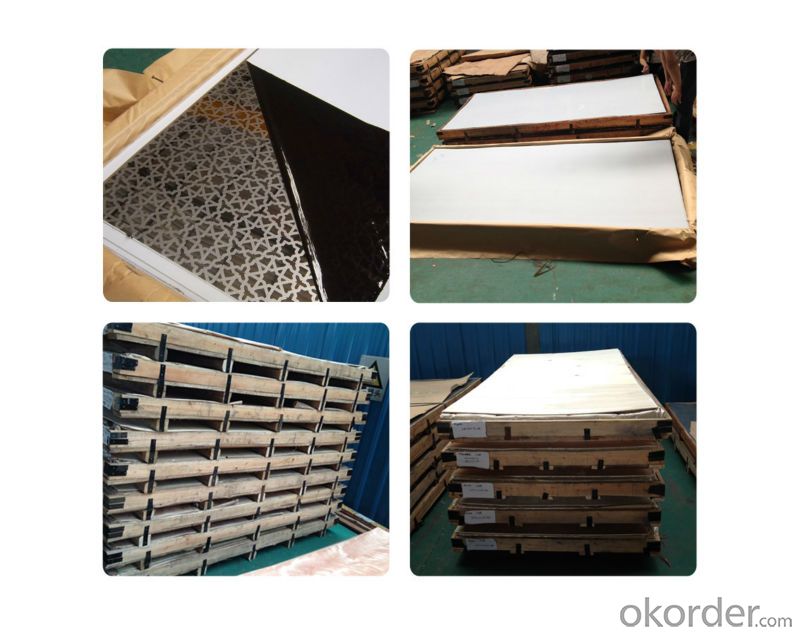
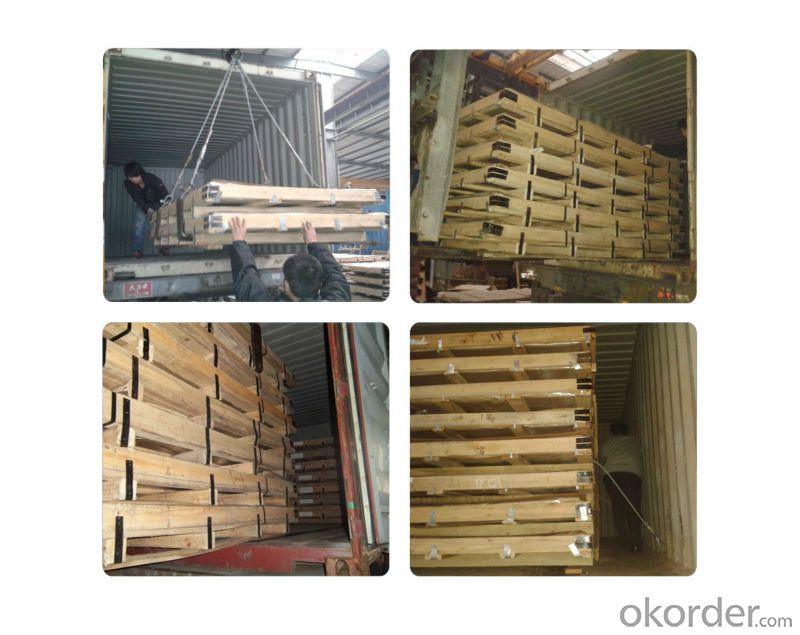
FAQ:
1. What's the quality?
very fine
2. How long get reply?
within 24 hours
If you have any question about stainless steel sheets,donot forget to sending the email to Us! You will get the competitive Price and have a very good experience about the Buying Process! CNBM International Corporation is always your trustful friend!
- Q: Are stainless steel sheets resistant to hydrochloric acid?
- Yes, stainless steel sheets are generally resistant to hydrochloric acid. Stainless steel is known for its high corrosion resistance, and it has been found to withstand a wide range of acids, including hydrochloric acid. However, the level of resistance can vary depending on the grade and composition of the stainless steel. In some cases, prolonged exposure to concentrated hydrochloric acid or high temperatures can cause corrosion or damage. Therefore, it is recommended to consult with a stainless steel specialist or refer to the specific stainless steel grade's corrosion resistance chart to determine the suitability of stainless steel sheets for a particular application involving hydrochloric acid.
- Q: Can stainless steel sheets be used for automotive exhaust systems?
- Yes, stainless steel sheets can be used for automotive exhaust systems. Stainless steel is a popular choice for exhaust systems due to its high heat resistance, corrosion resistance, and durability. It can withstand the high temperatures and corrosive gases produced by the exhaust, making it a suitable material for this application.
- Q: Are stainless steel sheets suitable for elevator wall panels?
- Yes, stainless steel sheets are highly suitable for elevator wall panels. They are durable, corrosion-resistant, easy to clean, and provide a sleek and modern appearance. The material's strength and versatility make it an ideal choice for elevator interiors, ensuring longevity and a visually appealing aesthetic.
- Q: Are stainless steel sheets suitable for marine applications?
- Yes, stainless steel sheets are highly suitable for marine applications. Stainless steel is known for its excellent corrosion resistance, which makes it ideal for use in marine environments where exposure to saltwater and other harsh elements is common. Stainless steel sheets have a protective oxide layer that prevents rust and corrosion, ensuring their longevity and durability in marine applications. Additionally, stainless steel sheets have high strength and impact resistance, making them capable of withstanding the harsh conditions and stresses encountered in marine environments. Overall, stainless steel sheets are a popular choice for marine applications due to their corrosion resistance, durability, and strength.
- Q: Can stainless steel sheets be used for heat transfer applications?
- Yes, stainless steel sheets can be used for heat transfer applications. Stainless steel is known for its excellent heat transfer properties, making it a popular choice for various applications where heat transfer is required. Its high thermal conductivity allows for efficient transfer of heat, ensuring that heat is evenly distributed across the surface. Additionally, stainless steel is also resistant to corrosion and oxidation at high temperatures, making it suitable for use in heat transfer applications that involve exposure to extreme heat or corrosive environments. Overall, stainless steel sheets are a reliable and durable option for heat transfer applications.
- Q: Why do galvanized and stainless steel sheets buy more expensive than thin ones?
- Feels like you rarely buy stainless steel plates. First of all, galvanized sheet or stainless steel is made of thick hot-rolled billets by cold rolling, so the thickness is generally thinner, and the more processing times, the greater the cost. That's why the thinner is thicker than the expensive one. Once again, the plate has a negative range of thickness, not necessarily all feet thick, and when buying a flat, with suppliers to explain your negative range requirements. If the 1.2MM board gives you 1.0MM, it's a bit too exaggerated.
- Q: Can stainless steel sheets be cut to size?
- Yes, stainless steel sheets can be cut to size using various cutting methods such as shearing, laser cutting, or waterjet cutting.
- Q: Are stainless steel sheets suitable for cryogenic applications?
- Yes, stainless steel sheets are suitable for cryogenic applications. Stainless steel is known for its excellent mechanical properties, including high strength and toughness, which make it suitable for low-temperature environments. Additionally, stainless steel has good corrosion resistance, which is crucial when exposed to cryogenic temperatures. It maintains its mechanical properties and does not become brittle at ultra-low temperatures. Therefore, stainless steel sheets are commonly used in cryogenic applications such as storage tanks, pipelines, and equipment for liquefied natural gas (LNG), liquid nitrogen, and other cryogenic fluids.
- Q: Are stainless steel sheets suitable for fire-rated applications?
- Yes, stainless steel sheets are suitable for fire-rated applications. Stainless steel is known for its high resistance to heat and fire, making it a reliable choice for fire-rated applications. It has a high melting point and does not easily deform or lose its structural integrity when exposed to high temperatures. Additionally, stainless steel does not combust or release toxic fumes when heated, which is crucial in fire-rated applications where safety is a top priority. Stainless steel sheets are commonly used in fire-resistant doors, walls, and other structural components to enhance fire resistance and protect against the spread of flames.
- Q: Are stainless steel sheets scratch resistant?
- Indeed, stainless steel sheets possess a general resistance to scratches. Renowned for its robustness and ability to resist scratching, stainless steel is widely favored for a multitude of purposes. Nevertheless, it is crucial to acknowledge that stainless steel is not entirely impervious to scratches. Deep or abrasive scratches can still arise, particularly if the surface encounters harsh or abrasive substances. To minimize the likelihood of scratches and preserve the allure of stainless steel sheets, it is advisable to engage in regular maintenance and exercise caution by refraining from utilizing abrasive cleansers or scrubbing pads.
Send your message to us
Stainless Steel sheet 304 with 4MM Thickness and Made In China
- Loading Port:
- Shanghai
- Payment Terms:
- TT OR LC
- Min Order Qty:
- 10000 m.t.
- Supply Capability:
- 5000000 m.t./month
OKorder Service Pledge
OKorder Financial Service
Similar products
Hot products
Hot Searches
Related keywords
